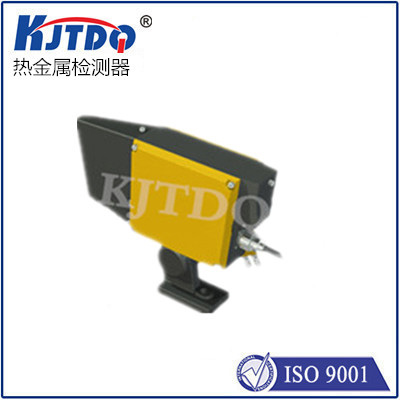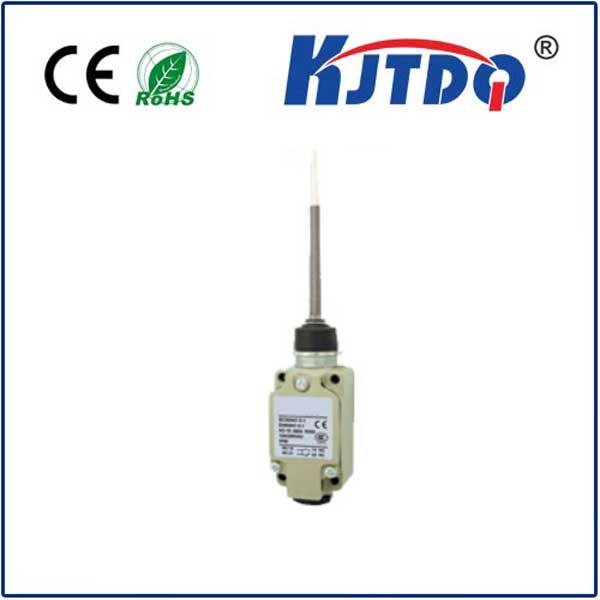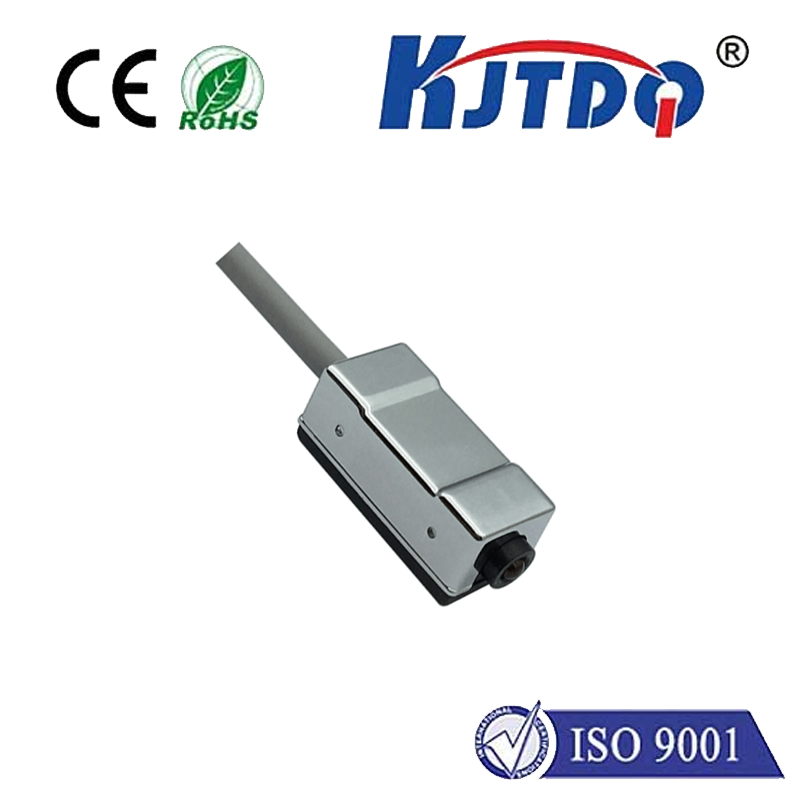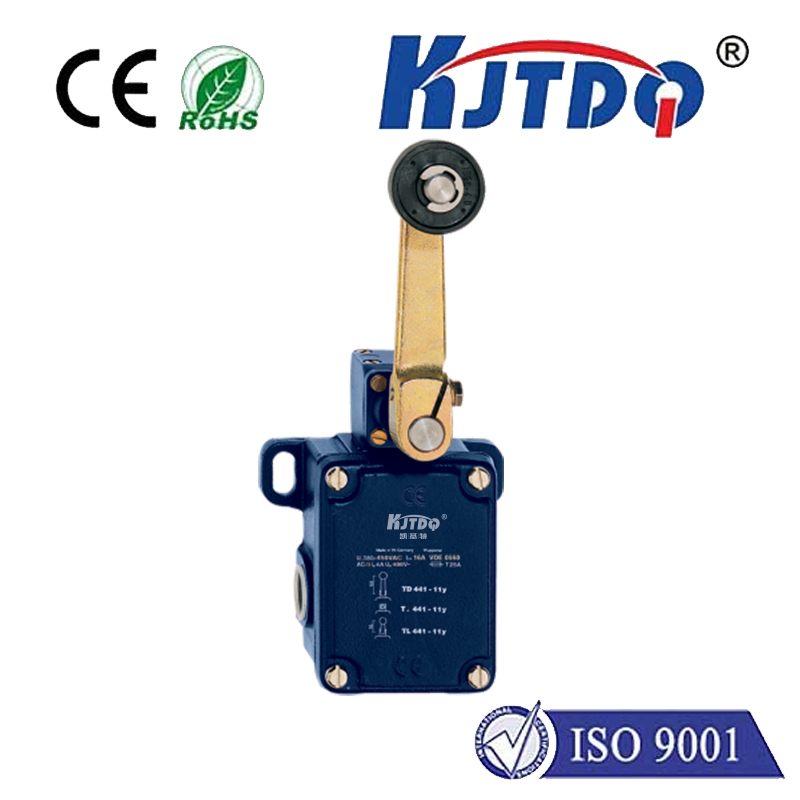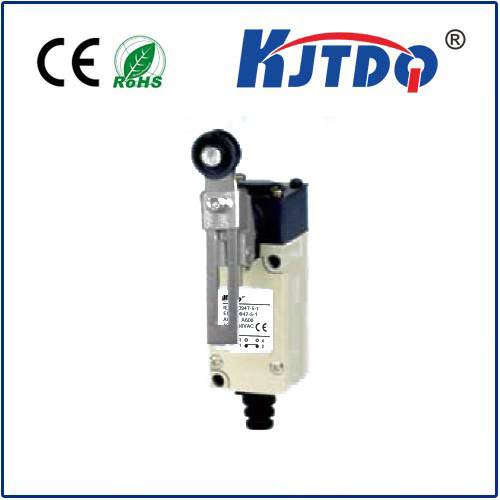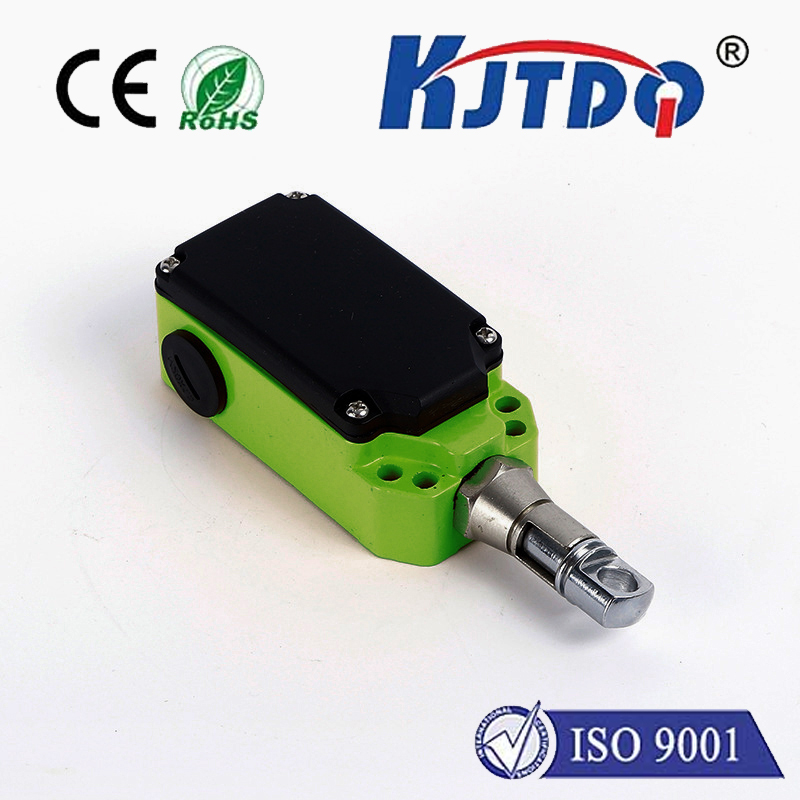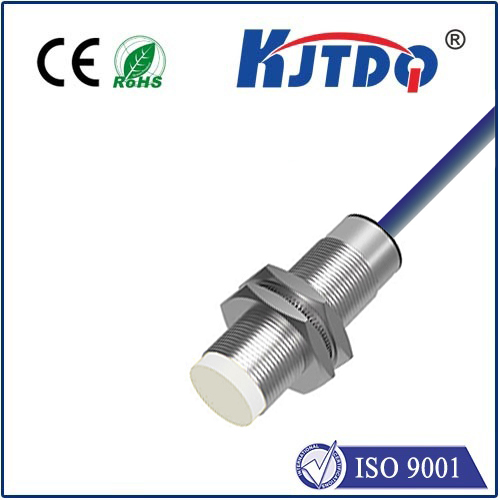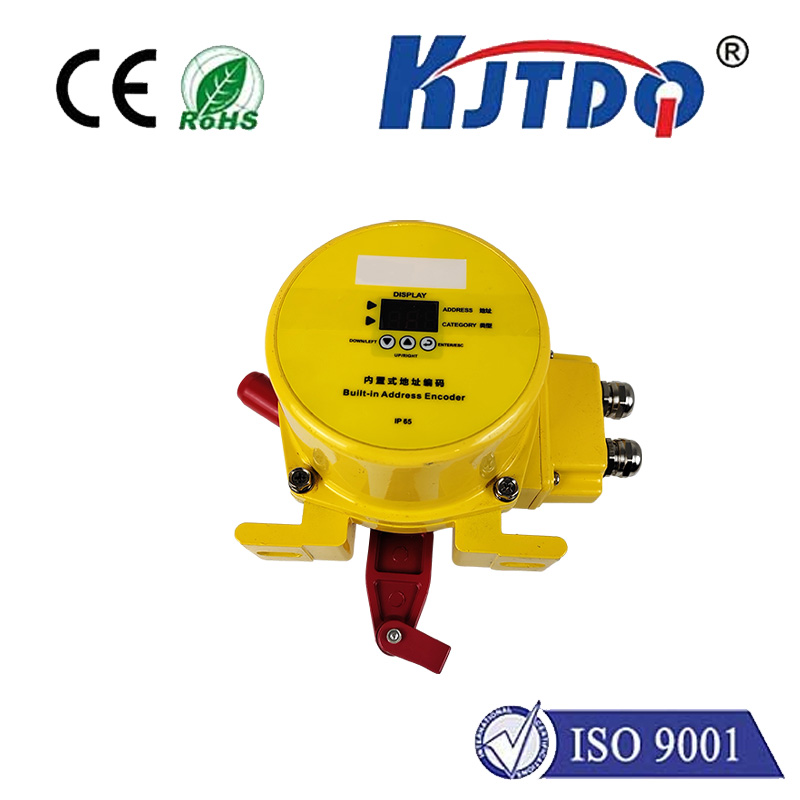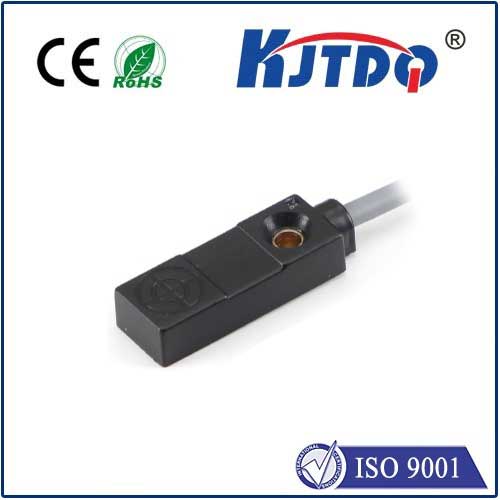

check

check

check

check

check

check

check

check

check

check
Title: Understanding the Importance of a Ter Rotary Limit Switch in Industrial Applications
In the realm of industrial machinery and automation, the role of precision control cannot be overstated. This is where components like the ter rotary limit switch come into play, serving as a crucial element for maintaining operational accuracy and safety in various mechanical systems. In this article, we will delve into what exactly a ter rotary limit switch is, its functions, and why it's an essential part of industrial machinery.
The Basics of a Ter Rotary Limit Switch
To understand the importance of the ter rotary limit switch, let us first define it. A rotary limit switch is a type of sensor used to detect the angular position or rotation of a shaft. When the shaft reaches a predefined limit—either the start or end of its rotational range—the switch activates, sending a signal to the control system to stop or reverse the motion. The term "ter" often refers to the three-wire configuration of these switches, which allows for more complex control scenarios.
Key Functions of Ter Rotary Limit Switches
Ter rotary limit switches serve multiple functions that are vital for efficient machine operation:

1. Control and Safety: These switches prevent machines from operating beyond their safe limits, reducing the risk of damage or injury from uncontrolled movements.
2. Precision Positioning: In applications requiring exact placement or angles, such as CNC machines and robotic arms, rotary limit switches ensure precise stopping points.
3. Monitoring Performance: By gauging the number of activations, maintenance personnel can determine if a machine is operating within expected parameters or if wear is causing premature cycling.
4. Interfacing with Control Systems: Ter rotary limit switches can integrate with PLCs (Programmable Logic Controllers), enhancing automation capabilities and allowing for more complex processes to be managed seamlessly.
Applications of Ter Rotary Limit Switches
The use cases for ter rotary limit switches span across various industries, including manufacturing, automotive, packaging, and material handling. They are found in conveyor systems, indexing machines, turning and drilling equipment, and anywhere where accurate rotation needs to be monitored.
Choosing the Right Switch
Selecting an appropriate ter rotary limit switch involves considering factors like voltage requirements, mounting options, IP rating for environmental resistance, and compatibility with the existing system's controls. Matching the switch specifications with the application's demands ensures reliable performance and longevity.
Maintenance and Reliability
Although built robustly for industrial conditions, ter rotary limit switches also require regular maintenance to function optimally. Checking for proper alignment, cleaning accumulated debris, and testing continuity are all important tasks to ensure the switch works correctly when needed most.
Conclusion
As industrial automation continues to evolve, components like the ter rotary limit switch remain at the forefront of ensuring machines operate safely and efficiently. Their ability to provide critical control and feedback is indispensable in modern manufacturing environments. As technology advances, so too does the need for reliable switching mechanisms like the ter rotary limit switch, cementing its status as an indispensable tool in industrial machinery.
